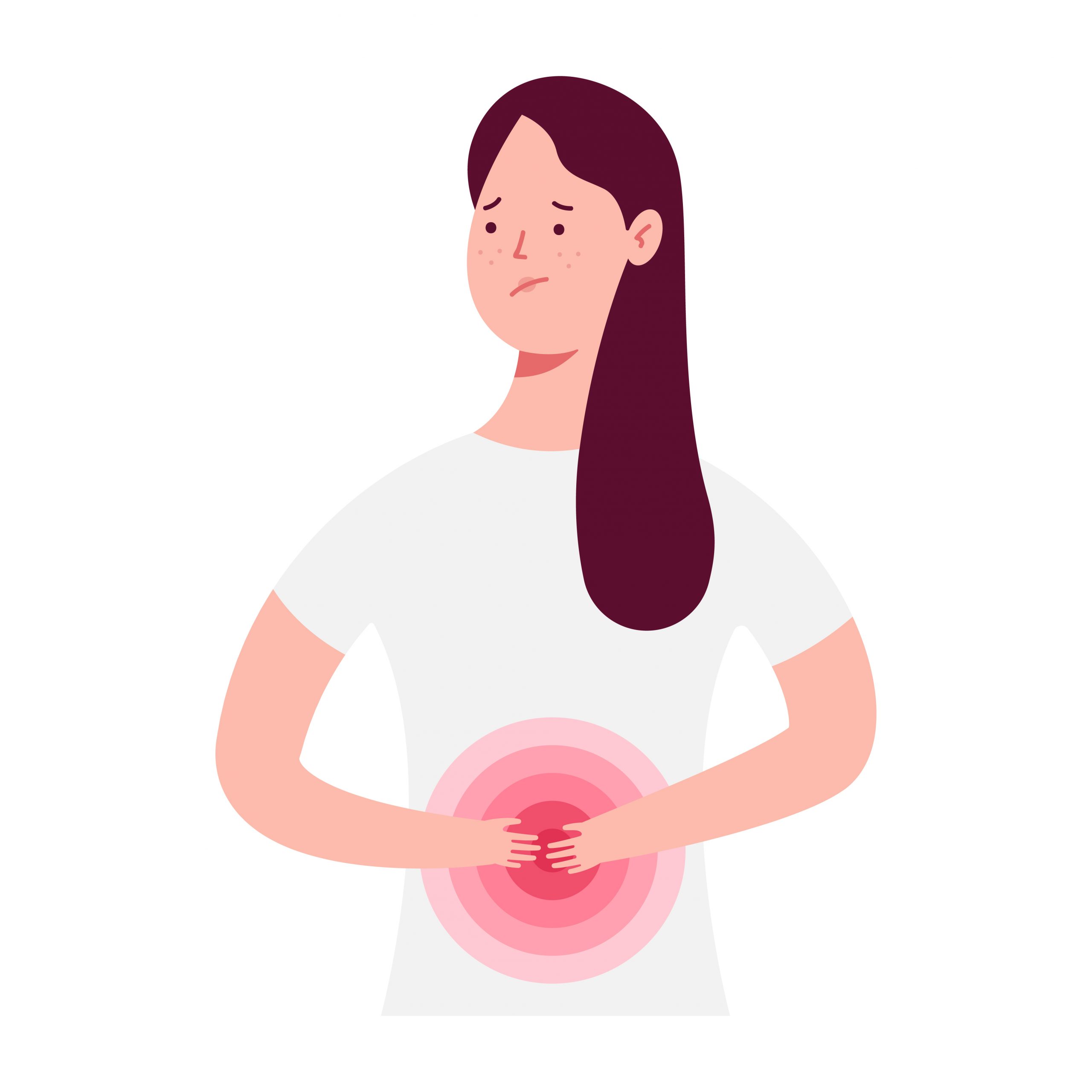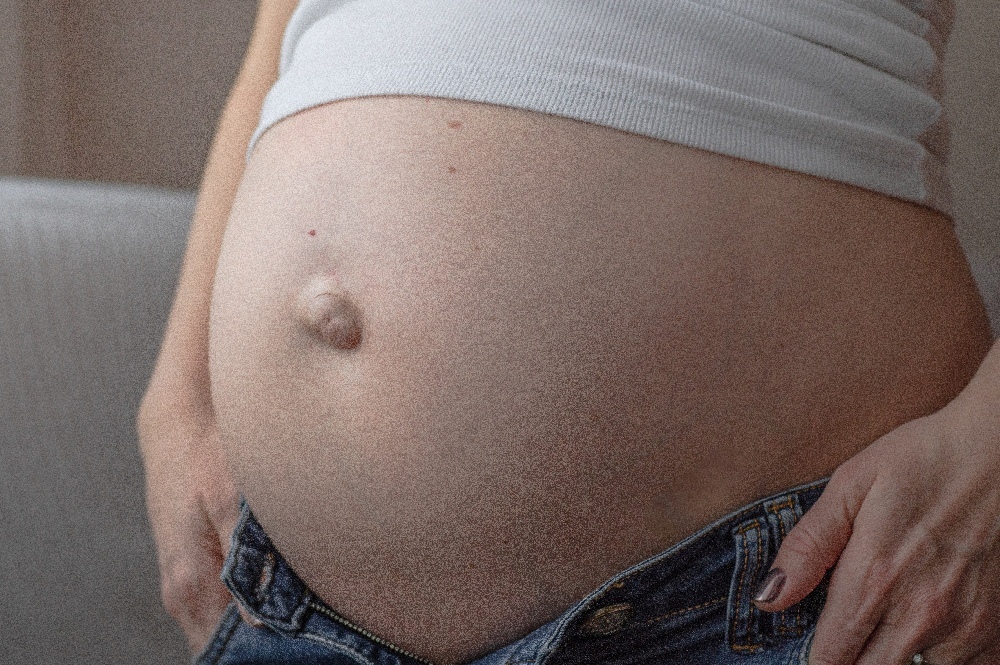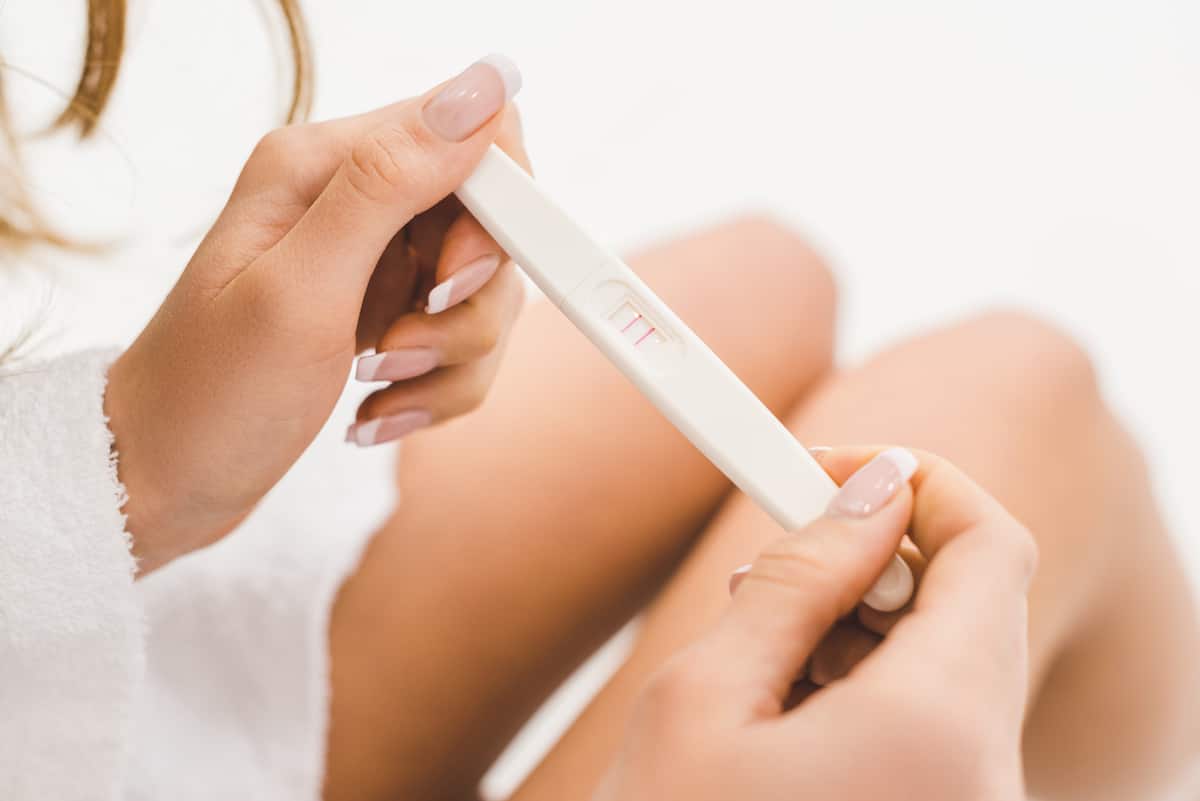Hernia occurs during a defect in tissue or muscle of the wall of the abdomen which allows the abdominal contents, usually the bowel, to push through. Covered by skin, they can usually be small, subtle, or even large and simply obvious. A hernia is fairly usual over a complete lifetime. There are various types of hernias, named after the location it occurs. These common Hernias (10%-30%) are often noted in children at birth, they are observed as a protrusion at the belly button (the umbilicus). In little children, inguinal umbilical hernias are the most frequent types, with boys being at a more prevalent incidence than girls.
What causes umbilical hernia?
While one is pregnant, the umbilical cord is connected to your little one’s abdominal muscles via a little hole. This mostly closes up once the baby’s out in the world. When this doesn’t happen, the gap left is known as an umbilical hernia. If the fluid and intestines poke through it, it causes the belly to bulge out or swell.
How serious is an umbilical hernia?
Umbilical hernia usually isn’t dangerous, but the risk of it being trapped (incarcerated) resides. Once this happens, it can cut the blood supply off to the contents of the hernia, which can in turn cause life-threatening conditions like gangrene or peritonitis (in this case, the hernia is called strangulated)
What are the symptoms?
Hernia becomes easily visible whenever your child cries, has a cough, or strains himself/herself while trying to pass a poop.
This happens because all these above mentioned things put a lot of pressure on the abdomen. Whenever your child tries to rest, you might not see the hernia.
Most Symptoms include:
- Painful feeling around the belly button area
- Swelling in and around the area
- Discoloration of the belly button area
- Nausea and vomiting
If you are noticing any of these symptoms, make sure you take your baby to the emergency as soon as possible.

What are the symptoms of umbilical hernia in adults?
As uncommon it is, but adults also develop umbilical hernias. Adult umbilical hernias mostly happen over time when the abdominal pressure increases. If you feel you have it, it might be because of:
- Chronic cough
- Excessive belly fluid
- Problems during urinating because of enlarged prostate
- Chronic Constipation
- Obesity
- Weightlifting
- Strain during childbirth
How do you fix an umbilical hernia?
Doctors carry out an operation to push it back inside. Umbilical hernia repair is a fairly fast and simple operation. It usually takes around 20-30 minutes and mostly it is possible for people to go home on the very same day.
What happens during the surgery for an umbilical hernia?
During this surgery, the doctor makes a small incision (cut), just below the belly button. Any tissue which bulges toward the hernia sac is pushed back, inside the belly. The tissues and muscles all around the belly button will eventually repair, allowing the doctor to close it with stitches.
Note that umbilical hernias incarcerate very rarely, this means that the bowel slides into the skin pouch and this cannot be slided back inside the body. The skin becomes tender and inflamed and then the baby becomes uncomfortable and possibly has fever. If this happens it is very important to take medical attention immediately.






